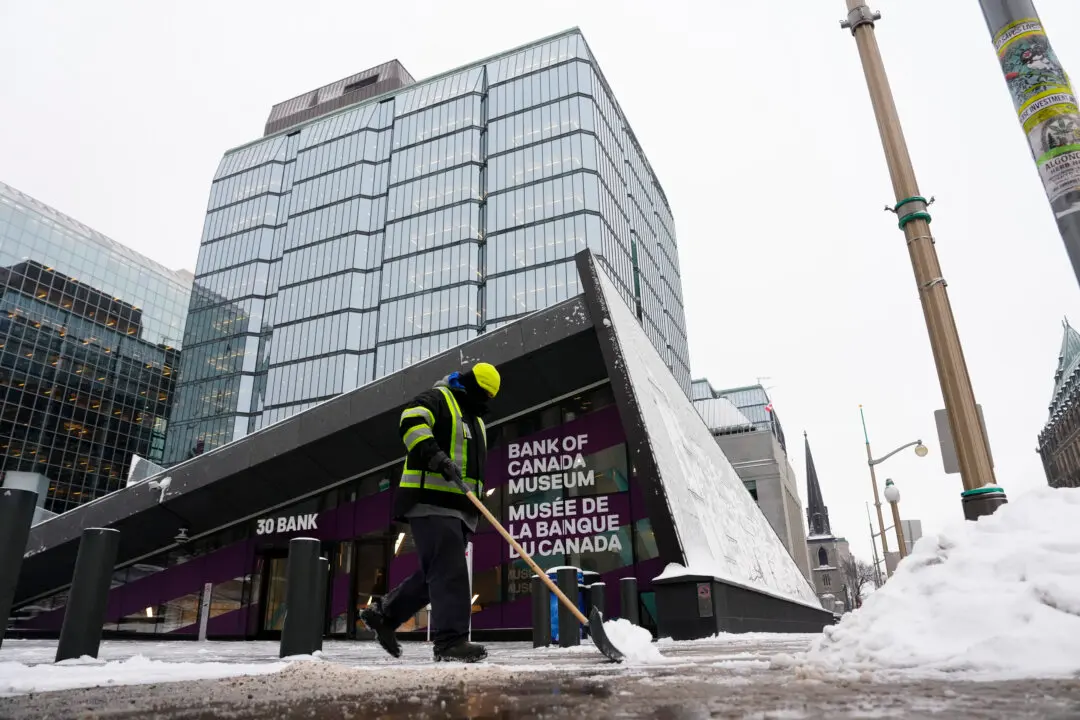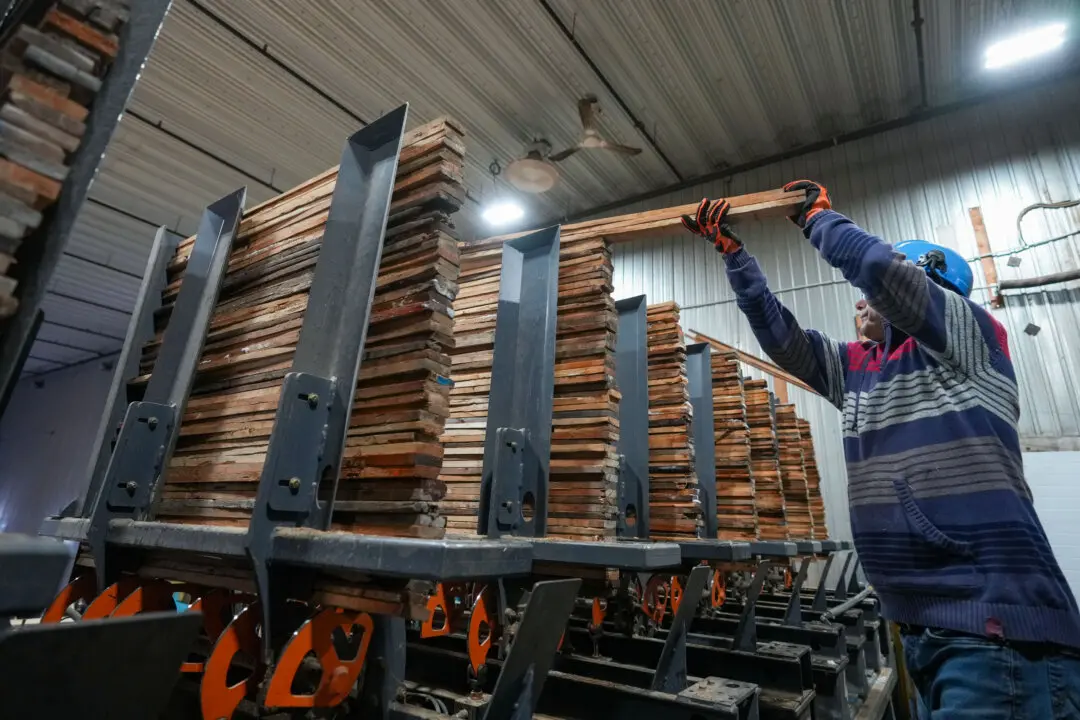Pest control companies and city councils across Canada are troubled by a radical explosion of rat populations in recent years, leaving them scurrying to rationalize why the surge is happening and come up with solutions.
“We’re seeing 10 to 20 percent increases every single year. It’s in every city across Canada. They just keep on growing and growing,” Bill Dowd, CEO of Skedaddle Humane Wildlife Control, which has locations in B.C., Ontario, Quebec, and Nova Scotia, said in an interview.





